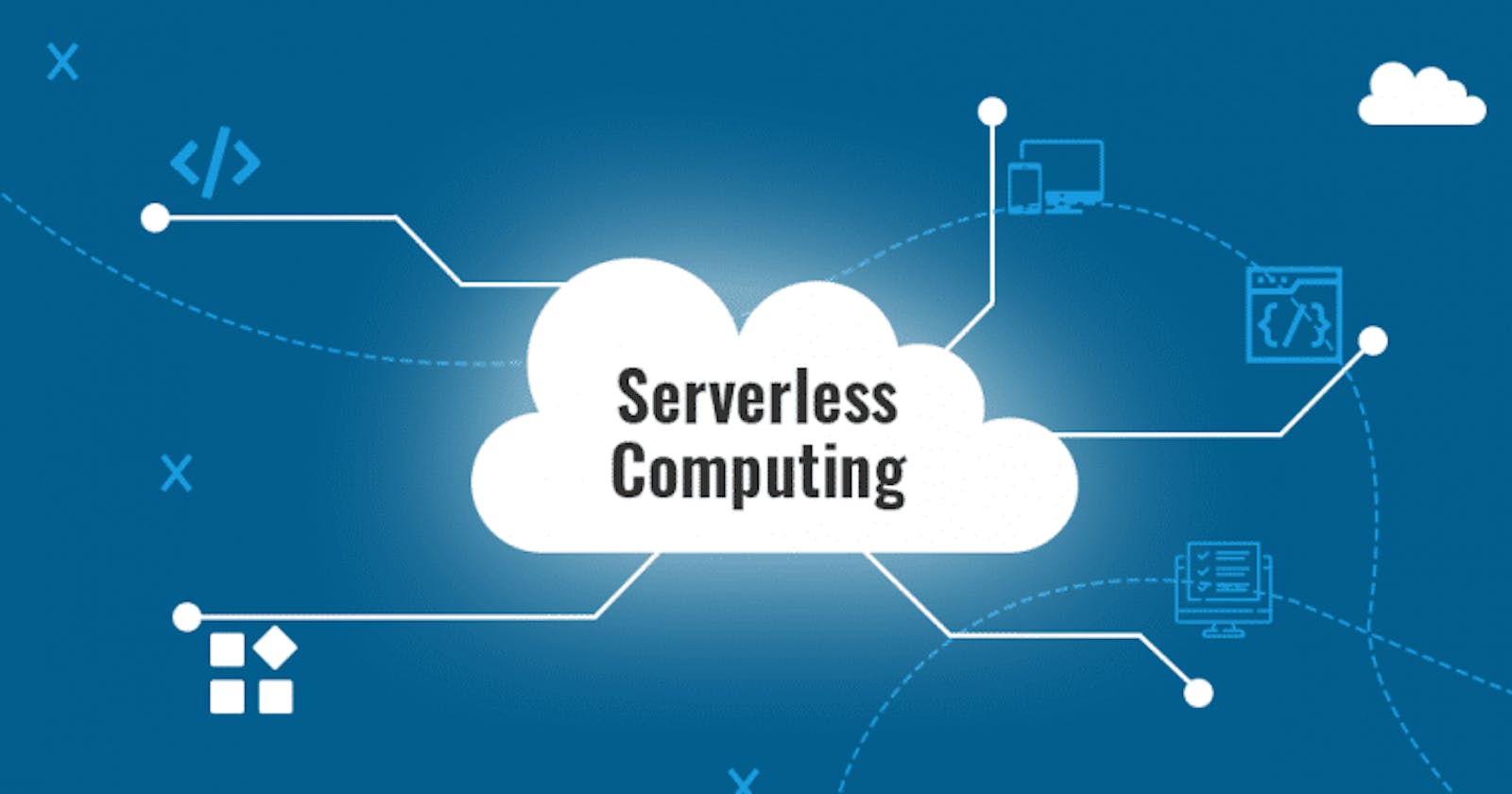AWS Batch: Accelerating Batch Computing with AWS Batch
Simplifying and Scaling Your Batch Computing Workloads
Introduction:
Batch computing plays a crucial role in various industries, enabling organizations to process large-scale workloads efficiently. AWS Batch, a managed service provided by Amazon Web Services, simplifies and optimizes batch computing workloads.
AWS Batch:
AWS Batch is a fully managed service provided by Amazon Web Services, designed specifically for batch computing workloads. It simplifies the management and execution of jobs at any scale. Key features of AWS Batch include:
Features:
a. Managed Service
b. Scalability and Optimization
c. Job Scheduling and Dependencies
d. Integration with AWS Ecosystem
e. Cost Optimization
The Power of AWS Batch:
AWS Batch simplifies the management and execution of batch computing workloads by providing a fully managed platform that abstracts away the underlying infrastructure. Some key features and benefits of AWS Batch include:
a. Easy Job Submission and Management: With AWS Batch, you can define and submit your batch computing jobs using a simple API or the AWS Management Console. Jobs can be defined as Docker containers or scripts, allowing you to choose the most suitable execution environment.
b. Efficient Resource Allocation: AWS Batch automatically provisions and scales compute resources based on workload demands. It optimizes resource allocation to maximize utilization and minimize costs, ensuring that you pay only for what you use.
c. Job Scheduling and Dependencies: AWS Batch supports flexible job scheduling, allowing you to prioritize and manage dependencies between jobs. You can define job queues, priority levels, and dependencies, ensuring that jobs are executed in the desired order and with the necessary dependencies met.
d. Integrated Monitoring and Logging: AWS Batch provides comprehensive monitoring and logging capabilities. You can track job progress, resource utilization, and performance metrics through Amazon CloudWatch, enabling you to gain insights into your batch workloads and troubleshoot any issues efficiently.
e. Seamless Integration with AWS Services: AWS Batch integrates seamlessly with other AWS services, allowing you to leverage additional capabilities. For example, you can easily access data stored in Amazon S3, use AWS Lambda for event-driven job triggering, or incorporate AWS Step Functions for workflow orchestration.
f. Cost Optimization: AWS Batch offers cost optimization features, such as Spot Instances and Fargate launch types, to reduce compute costs. Spot Instances enable you to take advantage of spare EC2 capacity at significantly lower prices, while Fargate allows you to run containers without managing the underlying infrastructure.
Real-World Use Cases: AWS Batch is a versatile service that finds applications in various industries. Here are a few examples:
a. Genomics and Bioinformatics: AWS Batch enables large-scale genomic data processing, DNA sequencing analysis, and protein structure prediction, facilitating breakthroughs in medical research and personalized medicine.
b. Media and Entertainment: Media companies can leverage AWS Batch to accelerate video encoding, transcoding, and rendering tasks. This helps reduce production time, improve content delivery, and enhance the viewer experience.
c. Financial Services: AWS Batch supports computationally intensive financial modeling and risk analysis, enabling financial institutions to quickly perform complex calculations and make data-driven decisions.
d. Scientific Research: Scientists can utilize AWS Batch for simulations, data analysis, and computational modeling in various scientific disciplines, including physics, chemistry, climate modeling, and drug discovery.
Automation has become essential in modern software development and IT operations. When it comes to managing batch computing workloads, two popular options are Jenkins and AWS Batch. Let's compare these two solutions to help you make an informed decision for your automation needs
Jenkins: Jenkins is a widely adopted open-source automation server that offers extensive customization and flexibility. It provides a framework for building, testing, and deploying software projects. Key features of Jenkins include:
a. Flexibility: Jenkins allows you to create customized workflows with plugins and integrations, supporting various programming languages, tools, and frameworks.
b. Community Support: With a large and active community, Jenkins has a vast library of plugins and extensions, offering endless possibilities for customization and integration.
c. Self-Hosting: Jenkins requires setting up and maintaining your infrastructure, including servers and build agents. This gives you full control but can increase operational overhead.
d. Continuous Integration and Deployment: Jenkins excels in continuous integration and deployment scenarios, allowing you to automate build and deployment pipelines.
AWS Batch: AWS Batch is a fully managed service provided by Amazon Web Services, designed specifically for batch computing workloads. It simplifies the management and execution of jobs at any scale. Key features of AWS Batch include:
a. Managed Service: AWS Batch takes care of the underlying infrastructure, allowing you to focus solely on your batch jobs and workflows.
b. Scalability and Optimization: AWS Batch automatically scales compute resources based on workload demands, optimizing resource allocation and reducing costs.
c. Job Scheduling and Dependencies: AWS Batch provides flexible job scheduling capabilities, allowing you to prioritize, manage dependencies, and define execution order.
d. Integration with AWS Ecosystem: AWS Batch seamlessly integrates with other AWS services, such as S3 for data storage, Lambda for event-driven workflows, and Step Functions for orchestration.
e. Cost Optimization: AWS Batch offers cost optimization features, such as Spot Instances and Fargate launch types, enabling significant cost savings for compute resources.
In summary, Jenkins is a highly customizable automation server suitable for a wide range of scenarios, particularly continuous integration and deployment. On the other hand, AWS Batch is a managed service tailored specifically for batch computing workloads, providing scalability, optimization, and seamless integration with the AWS ecosystem.
When choosing between Jenkins and AWS Batch, consider factors such as the complexity of your workflows, the need for customization, the scale of your batch computing requirements, and your preference for managing infrastructure. Ultimately, the decision depends on your specific needs and priorities.
Serverless Benefits:
AWS Batch, especially with Fargate, provides a serverless experience, where you can focus solely on your application code without worrying about infrastructure management.
Jenkins, being a self-hosted solution, requires continuous maintenance, including software updates, security patches, and infrastructure scaling.
Thanks!
